Mitchell Williams
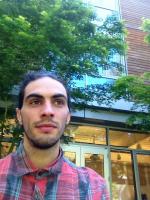
Mitchell Williams is a student at University of California, Santa Cruz currently completing his research at University of Washington under Dr. Ken Creager.
We are using Double Difference techniques to solve for earthquake times and locations on the iMUSH broadband array.
Results vs Debugging
August 6th, 2015
In the last 2 weeks that we have had hypoDD at least giving us some results, but it has been an uphill battle to ensure the robustness of the code for larger datasets. Every time we start to include more events or stations into the data, we find new bugs to fix and mysterious new parameter files to adjust that have been running in the background. But, thus far here are a few event relocations to show that something is doing something! We just now have to ensure what is doing, how it is doing, and that we can put hundreds of events and dozens of stations through it.
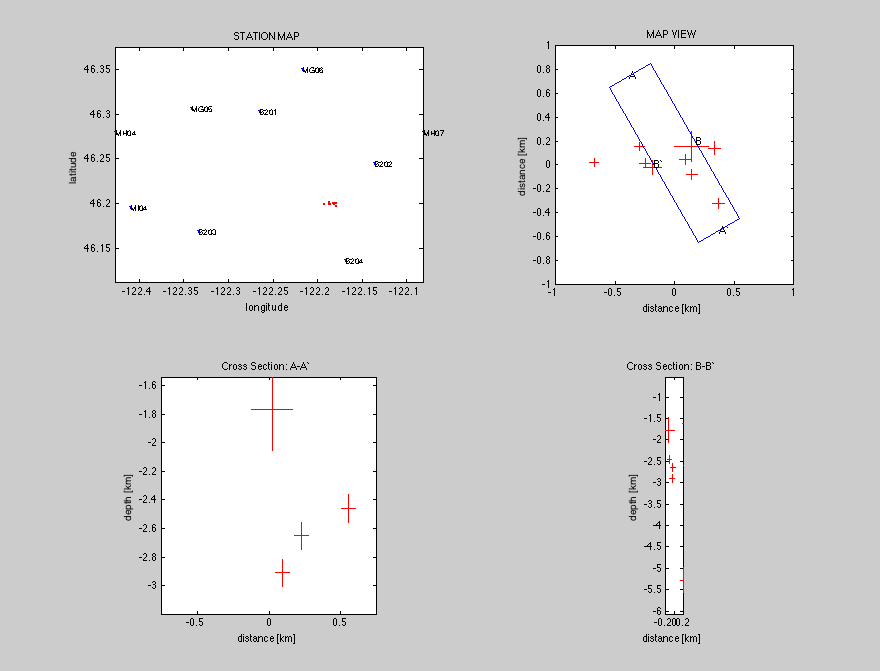
Here are a couple of spatial relocations relocating.
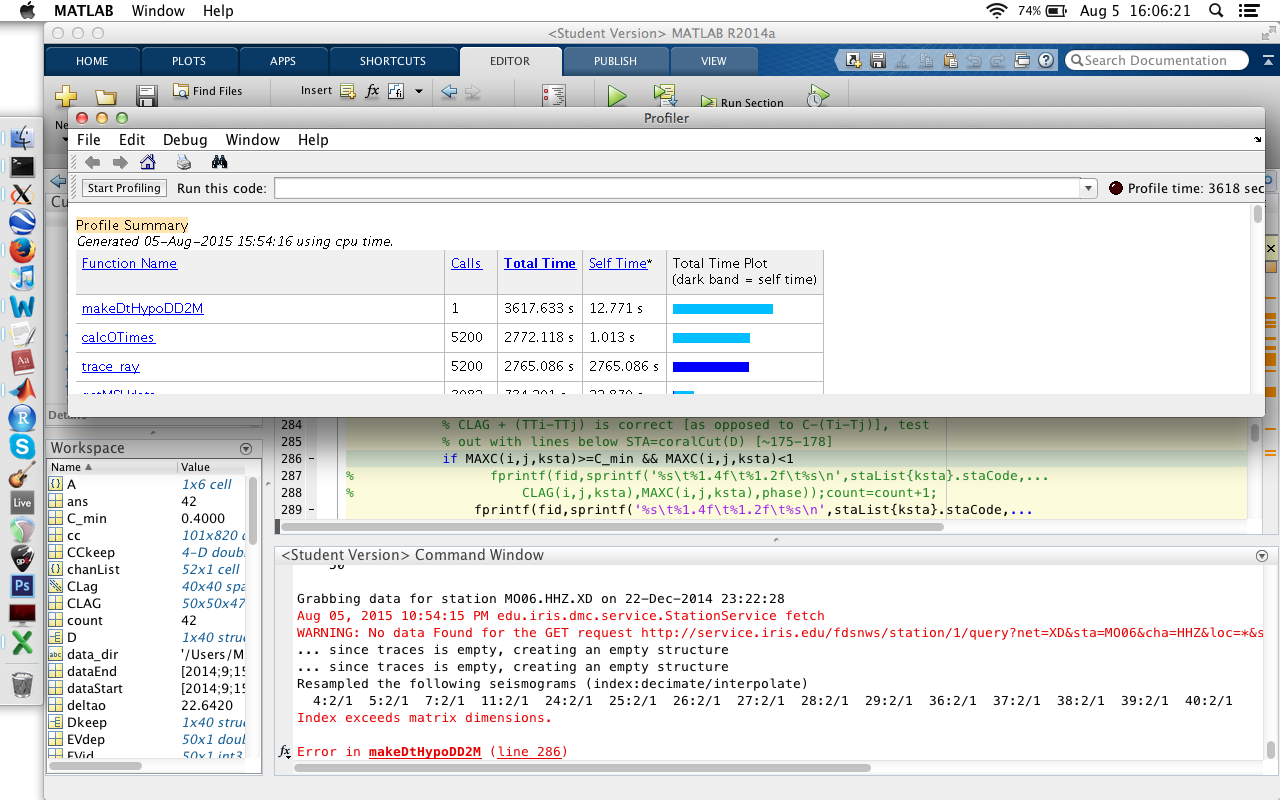
Here is MATLAB crashing 1 hour into running!
A few weeks before our field work we got a call from a mountain biker that found one of our stations in a state of disrepair. When we got there we discovered that a new road had been made only a few feet from the site and the instruments were discovered and the battery was stolen. It is pretty hilarious if you see the seismogram of the whole thing. At 6:11 you can see someone driving up then getting out and walking around at 6:12. Then discovers the instruments and slides around unplugging things and running amok at 6:14 and the whole thing goes offline at 6:18. You have to wonder about some peoples psychology to drive up on a scientific instrument and steal materials in 7 minutes.
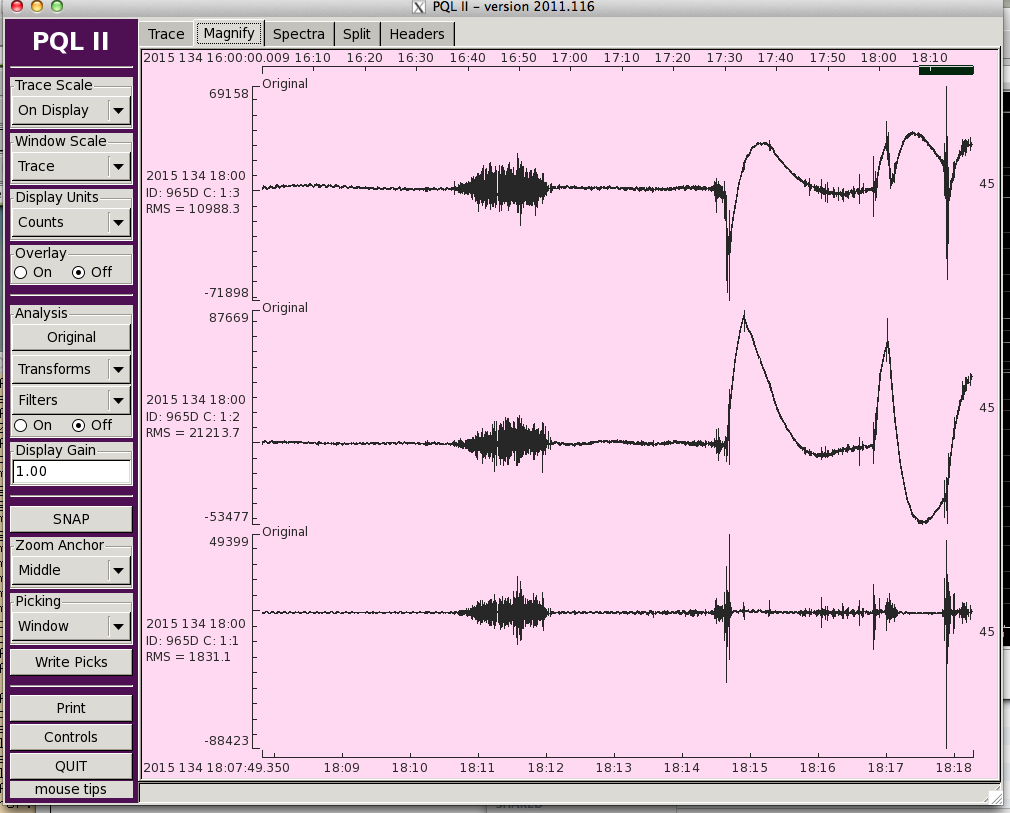


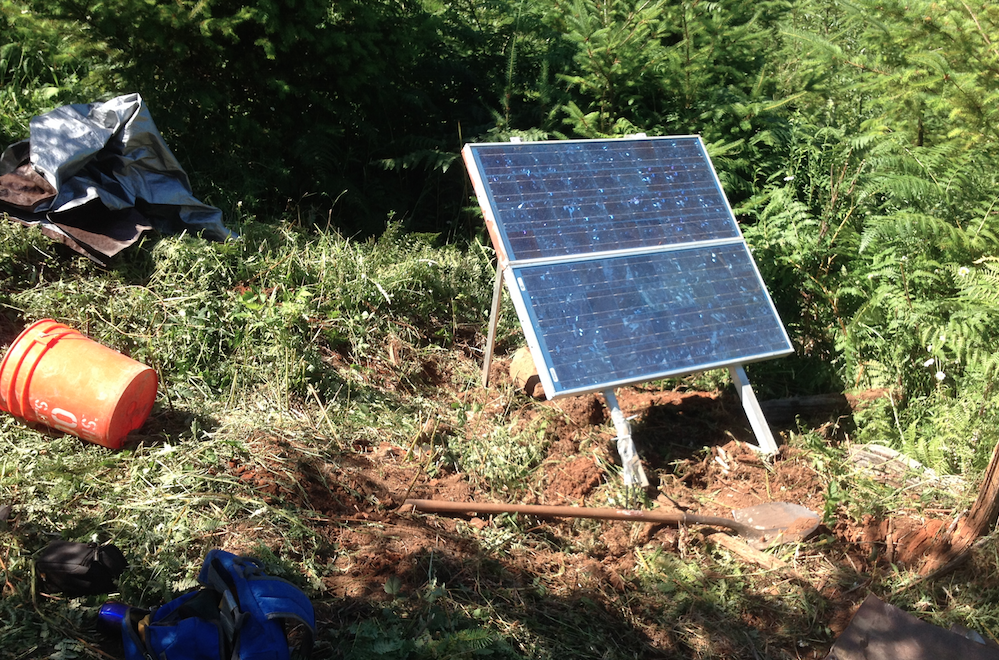
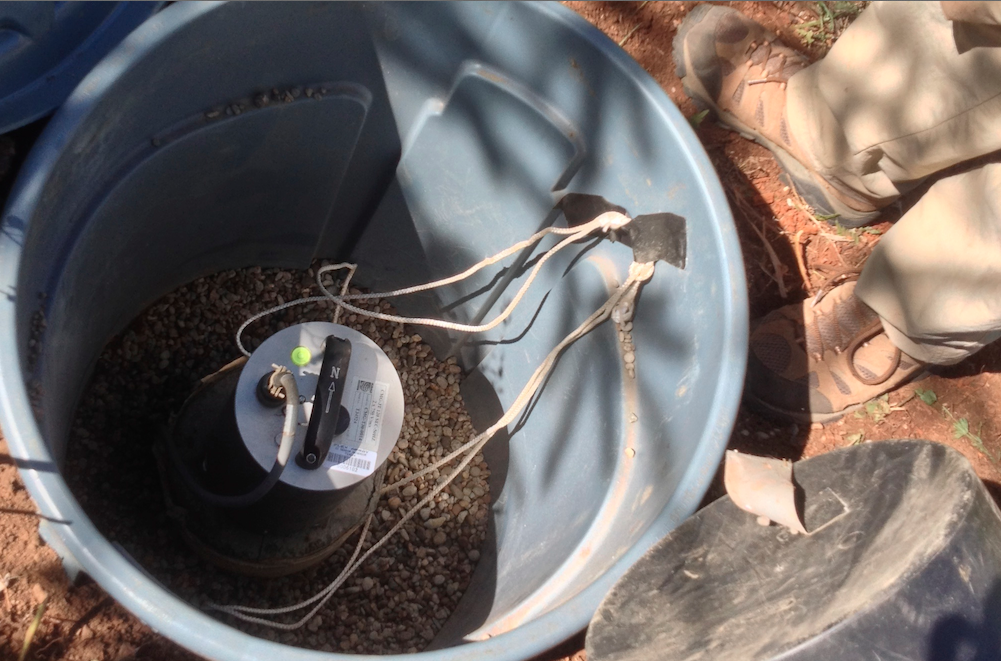
We checked the rest of the instruments and reinstalled it somewhere else where it will hopefully never be discovered, with a new battery!
A coming together
July 25th, 2015
This week was the first week we were all in the office together since before fieldwork. With AGU abstracts looming overhead in the next couple weeks we have had a push in the right direction. After spending so much time of wading through seismology papers, picking arrival times, and paperwork, it is really exciting to finally start writing some code! The first code I have written gives the PNSN earthquake id's of earthquakes sorted by increasing hypocental distance, given limitations on magnitude, location, and time. While it is still rather simple, it was nice to get my feet wet for hypoDD (the double difference algorithm we are using). Thus far we have just checked to make sure hypoDD runs well on a test file, and that we have earthquake clusters of satisfactory spatial density. Which we found both to be the case as you can see:
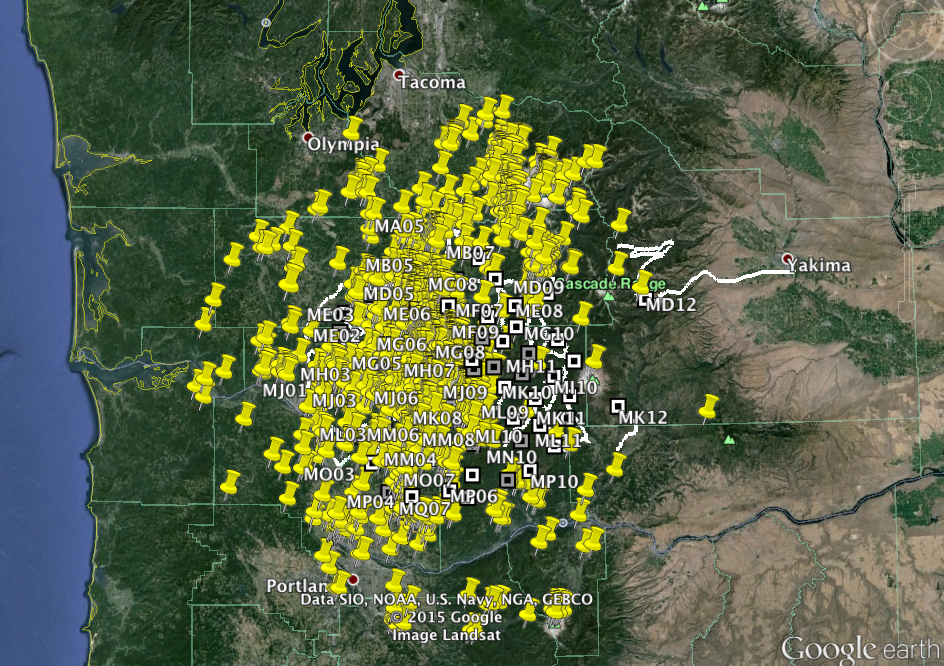
There were 1772 earthquakes around Mt St Helens on the PNSN network in the last year!

hypoDD is up and running on a test file, awaiting all the real data we can throw at it!
This upcoming week we should have our preliminary results (hopefully!) and a fair amount of our AGU abstracts written and submitted! For this we have Matlab scripts that need to be modified for our data to create the input file and some contemplation to do on the focus of iMUSH. It has been rather challenging do all of this work that seemingly doesn't contribute to this coding work, but simultaneously rewarding to see it paying off. Soon to come is the GMT map.
Thanks for reading!
Indepedence in fieldwork and communicating research
July 11th, 2015
2 weeks ago Hannah Krueger, Steve Malone, Sam & Geoff Abers, Kayla Crosbie, and I left UW for the field! The iMUSH network needed to be serviced and its data collected. Thus we embarked on an endevor that took us to spectacular views of the pacific northwest volcano system, plethoras of cheap mexican food, rural motels, data acquisition system troubleshooting, face a fear of snakes, a new fear of logging trucks, and lessons in patience given by our relatively decrepit GPS units. Each morning we would wake up between 6 and 7 and head to breakfast where Geoff would give us our assigned stations for the day, all the nessesary maps, and a set of keys to access each locality. We would split into different teams each day and promptly head out to attempt to get to each station, often with success, sometimes with humor, and occasionally with a flat tire.
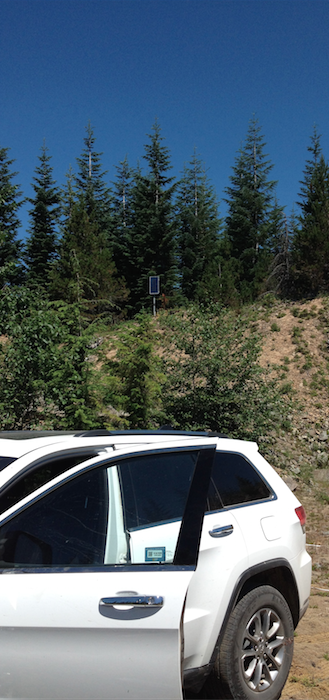
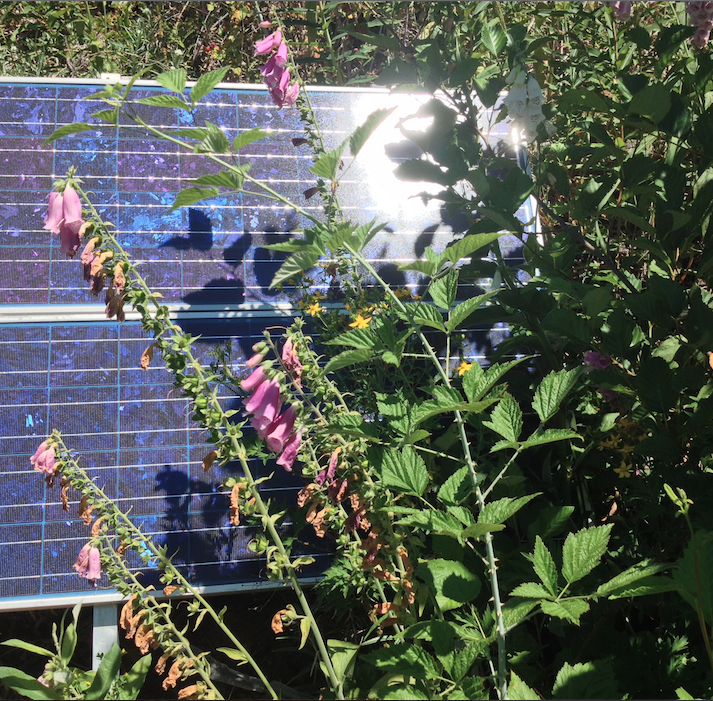
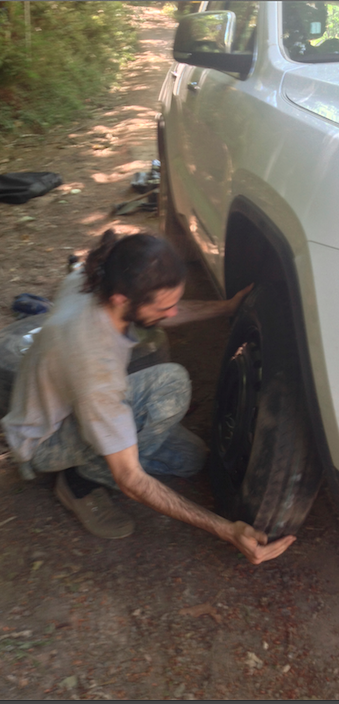
We would get back any time between 17 and 20 at night for dinner to begin planning for the next day, discuss the technical issues we had dealt with that day, and grumble about the local cuisine and heat (~95°F/35°C). This was the process everyday for about 11 days. While our main focus was fieldwork during this period, we still spoke about the academic methods and implications of our work. Here I put some thought into how I may explain the work I am doing. If I had to give an “elevator talk” it would start from the goal and come down to what I am doing. Primarily we would like to locate the precise location of the magmatic structures under Mt St Helens for hazards reasons. We are using tomography codes to find them. And within this my part is to write code that will solve for exact earthquake times and locations, (x,y,z, t). Using this we can compare tt residuals to eventually create slowness contours. Depending who is being addressed, different sentances can be overlooked or elaborated upon here.
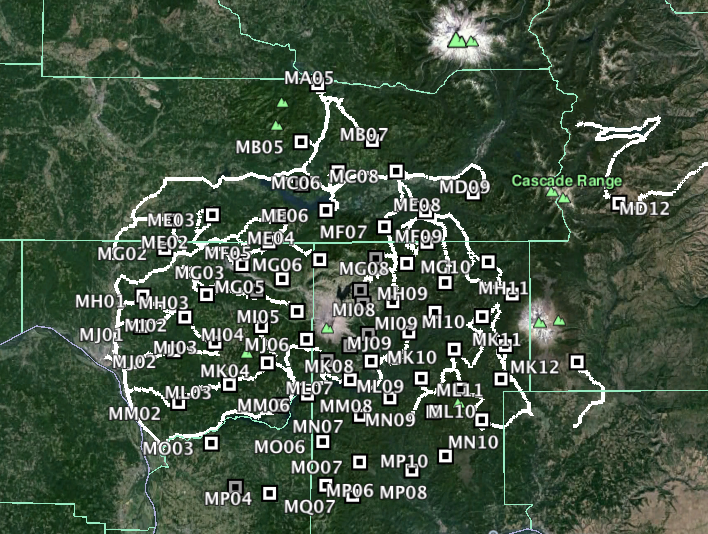
Here are all 70 stations.
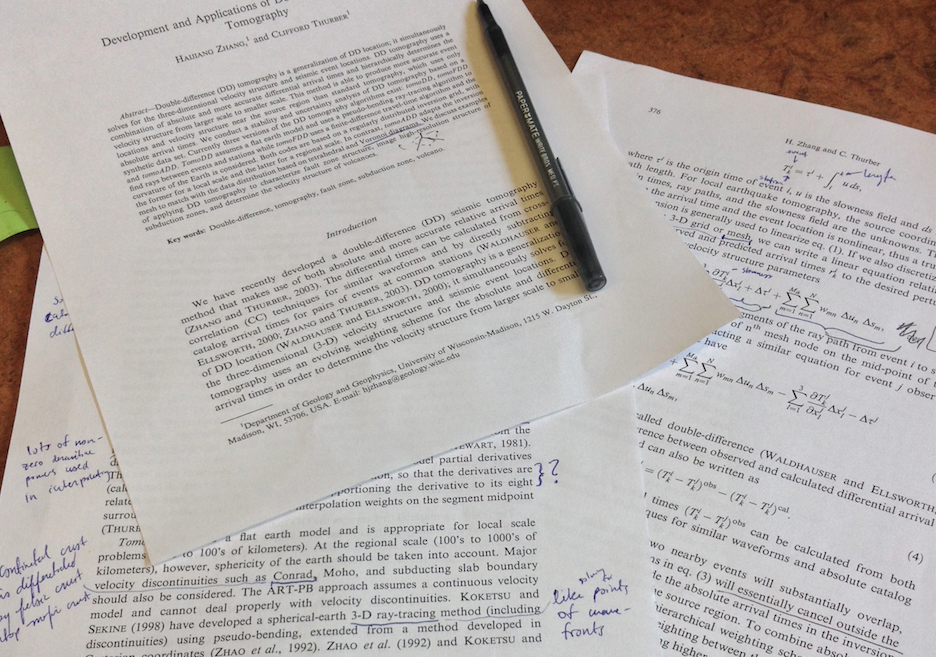
This is a tomography paper I've been struggling with.
The first week in Seattle & goals
June 20th, 2015
Seattle is a nice city with rich scenery, a beautiful campus, and tons of new things to try!
At the start of this week we got the opportunity to service 3 seismometers in the iMUSH array and catch some incredible views of Mount Saint Helens and went camping afterwards, making the drive back on Tuesday morning.


The rest of this week was spent inside the Atmospheric Science and Geophysics building talking with my mentor Ken Creager and Carl Ulberg, reading papers, books, and codes. Learning more on using double difference to solve for location, tomography and different topographic techniques, ray theory as it pertains to travel times, picking P-wave arrivals on Antelope, and of course the beloved inverse theory. My goal for the first third of this summer is to become proficient in my understand in all of these and picking arrival times proficiently. My goal for the second third of the summer is to work with all of this new found knowledge and apply it to the work I will be doing on this project, and to become more proficient in Unix. For the last third of the summer I would like to have everything pretty close to being finished and submit an abstract for AGU! These goals will be refined in real time as I see how each of them is being accomplished.

Orientation Week
May 28th, 2015
This week at New Mexico Tech, 11 undergrads from all over the USA met up for the first time to gather over interest in seismology, taste in good food, and confusion in graduate school. We ended up bonding over our cultrual differences, dorky love of sciences, and how cozy we fit into vans. 7 guys and 4 gals gathered under the illustrious Michael Hubenthal and rising Rob Anthony to overview a mixture of geology, programming, and scientific culture!
View from the Observatory!

Cactus in bloom!
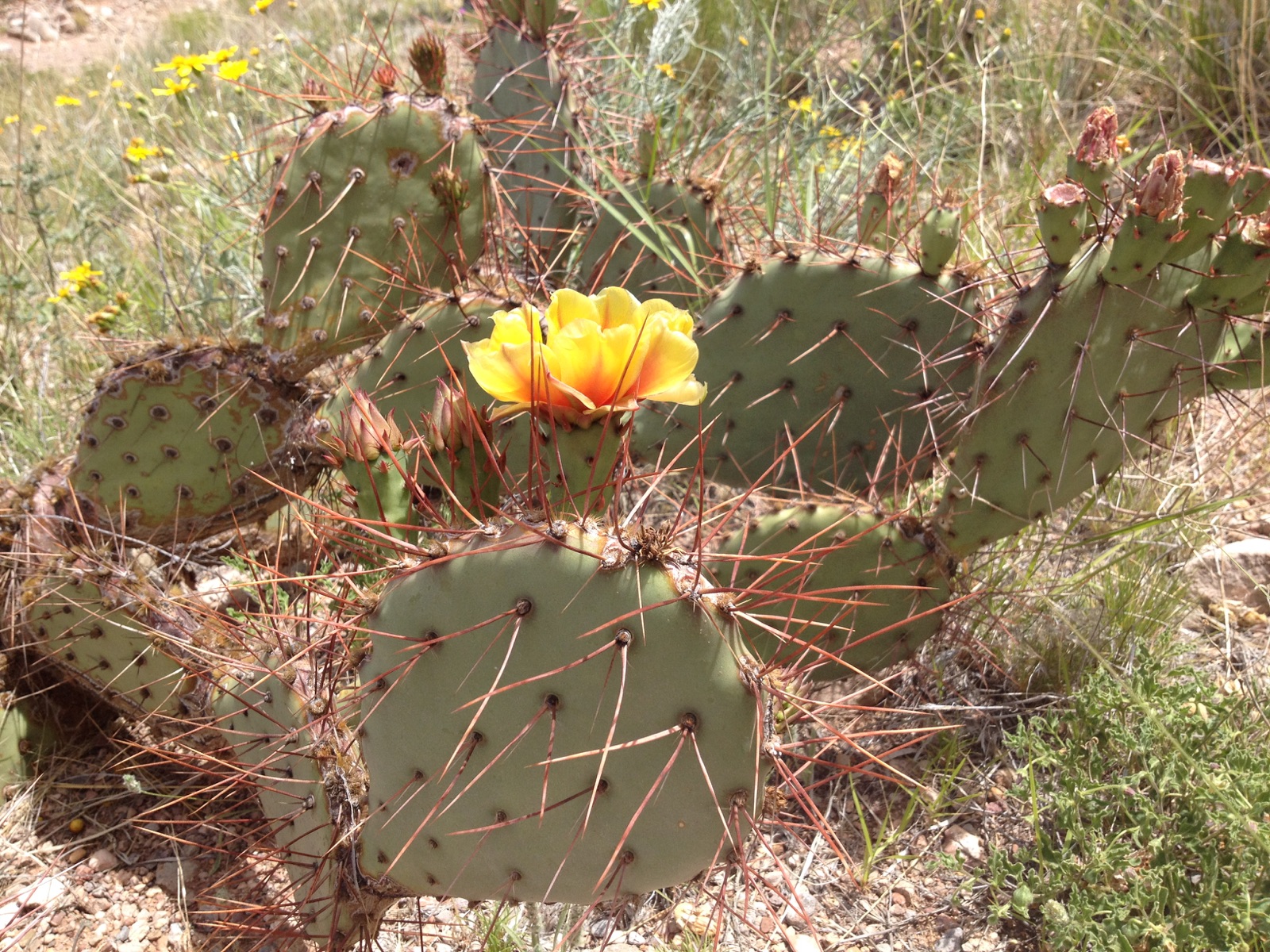
Stack of our active source data from the Loma Blanca fault!
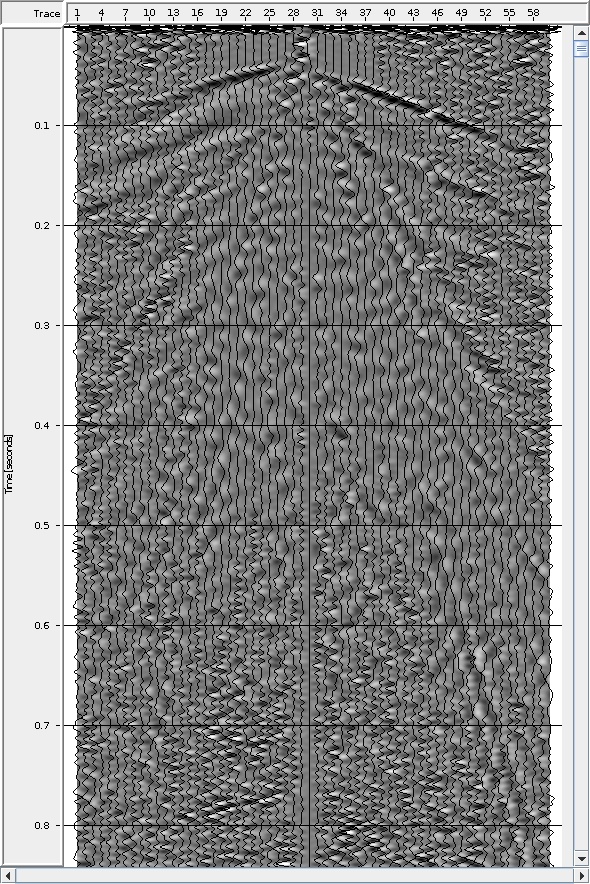
It's been so much fun!


